Toothy grins and a mesmerizing orange glow help make jack-o’-lanterns captivating sights come Halloween. Pumpkin carving is an autumn tradition and runs the gamut of simple designs to more intricate artwork worthy of any medium. Although anyone can grab a pumpkin and get started, when done correctly, jack-o’-lantern designs can last for several days.
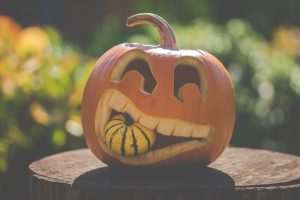
• Start with a fresh pumpkin. Look for pumpkins that have a thick, green stem. These usually are fresh and haven’t been handled much. A thick stem also may indicate fleshier pumpkin walls that can be carved more easily. Avoid pumpkins that are soft or full of blemishes, or those that have dried, shriveled stems.
• Cut a hole in the back. Rather than impeding the structural integrity of the pumpkin by cutting off the top and the stem for interior access, cut a hole in the back of the pumpkin. This will still make it easy to reach inside and clean out the pumpkin.
• Scoop out the pulp and seeds. Be sure to thoroughly clean the inside of the pumpkin. Leaving the pulpy, stringy matter and seeds inside can cause the pumpkin to rot that much faster and produce a foul odor. Scoopers, spoons and even hand shovels can help.
• Keep it cool. Heat can adversely affect carved pumpkins, so work in a cool area and store the pumpkin in a cold garage or refrigerator if you need a few extra days before displaying it. Also, carving experts suggest using an electric light inside rather than a candle; by using a candle, you’re essentially cooking the pumpkin from the inside.
• Work in your lap. When carving faces or intricate designs, looking down onto the pumpkin provides more control.
• Don’t cut all the way through. Many pumpkin designers end up shaving or scraping off the outer rind of the pumpkin, but leave a delicate orange film underneath. Light can still shine through, but the design will not collapse on itself as easily if you were to cut straight through the pumpkin wall. Experiment with different tools to achieve the desired look.
• Maintain the freshness. Rubbing exposed areas of the pumpkin flesh with petroleum jelly may help keep the pumpkin moist. Some designs will last for a few days. However, since pumpkins are highly perishable, it’s wise to wait to carve until a day or two before putting a pumpkin on display.

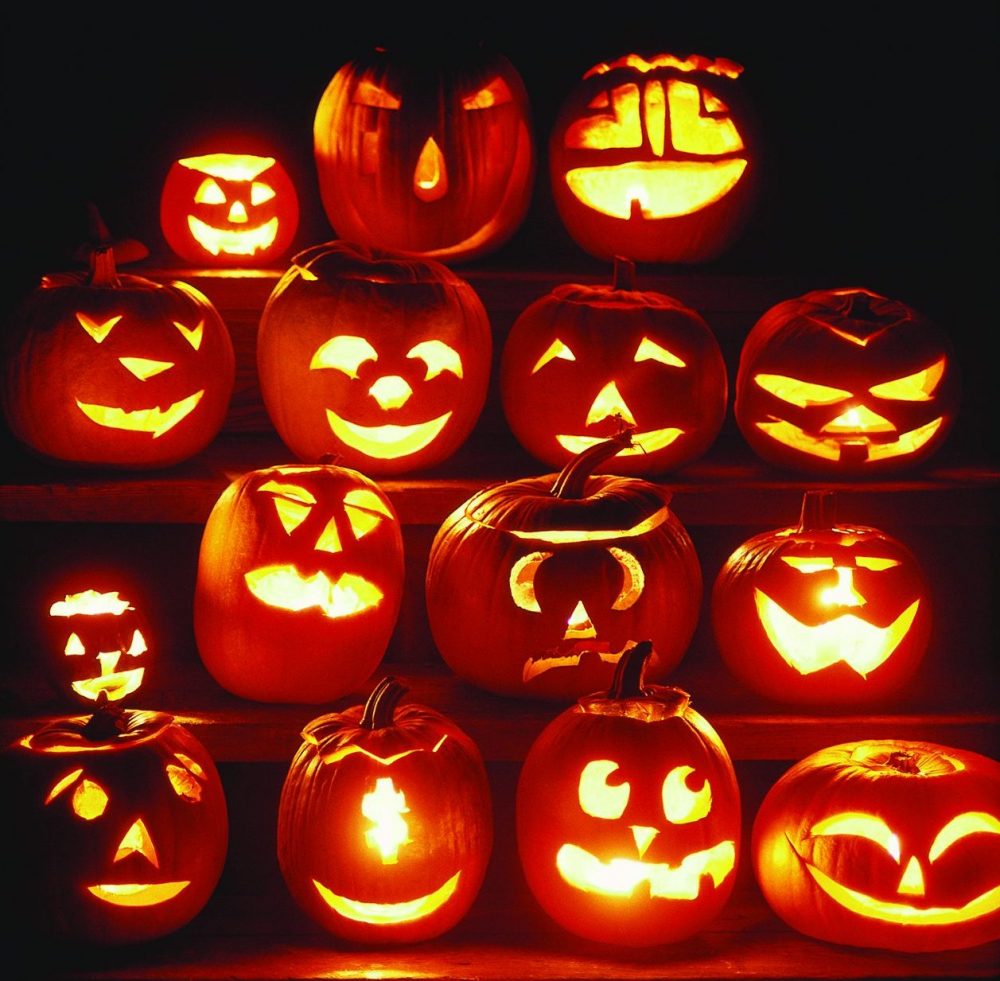
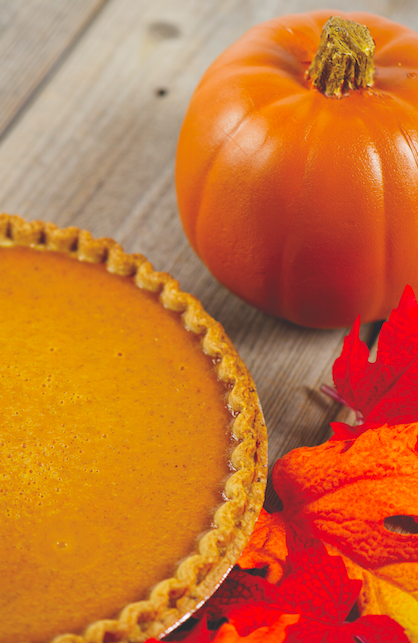
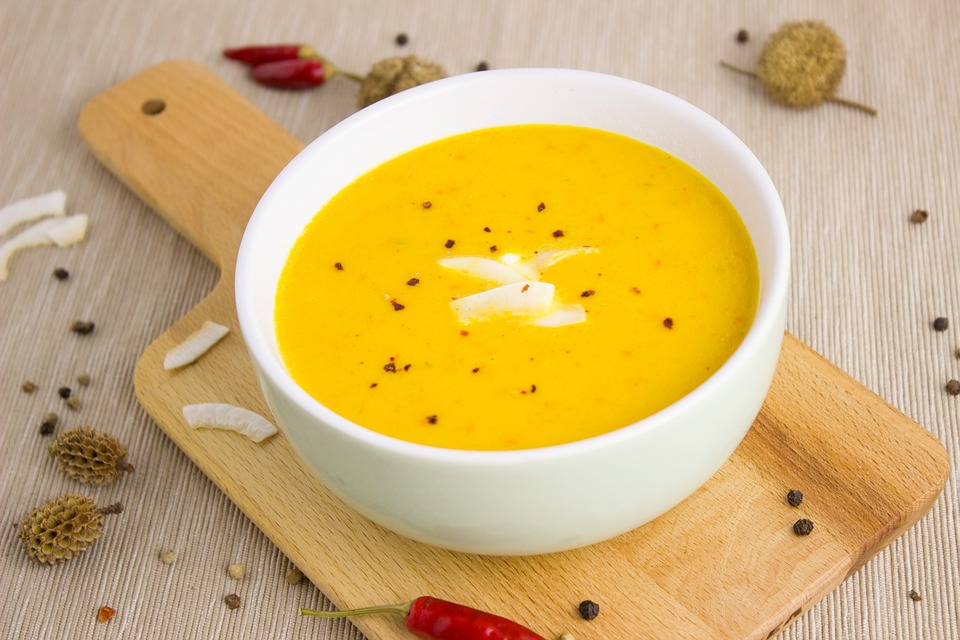
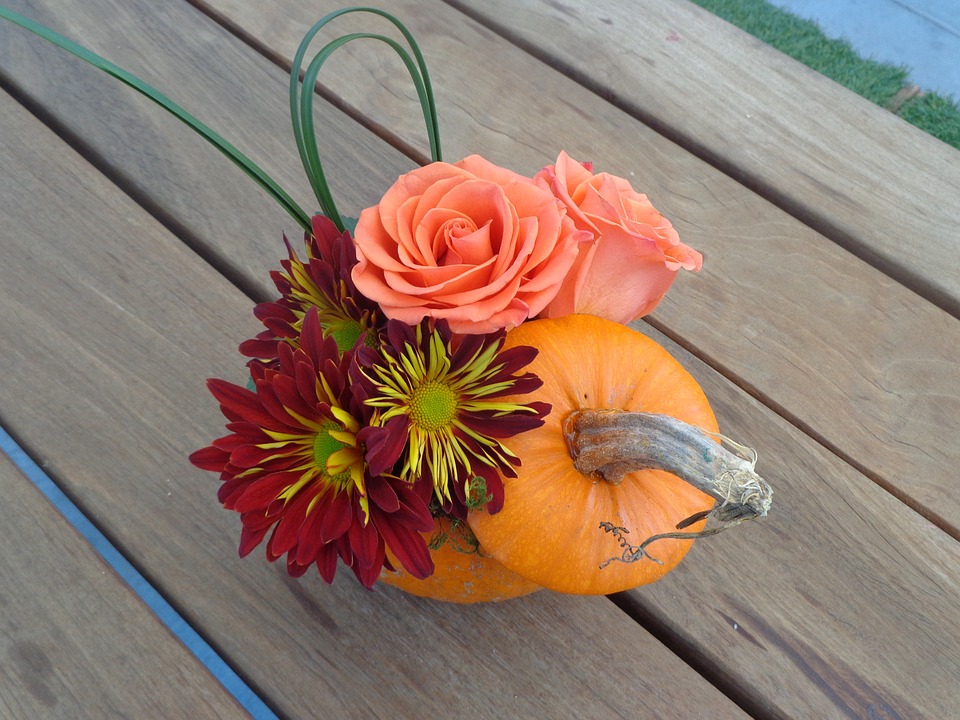

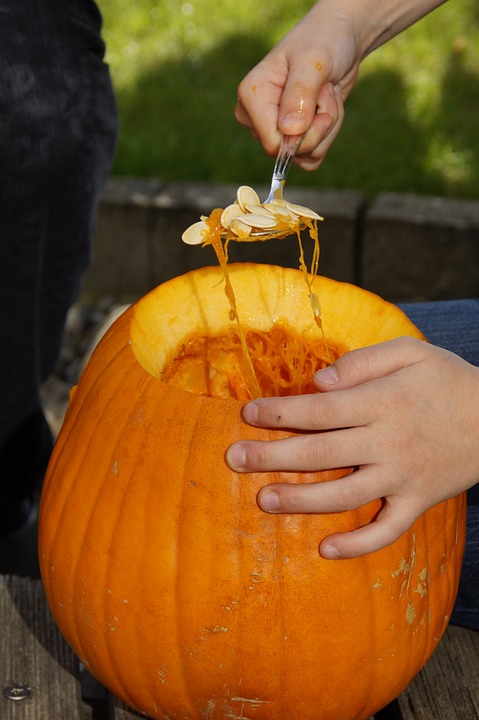 · Begin with a fresh pumpkin. Look for a pumpkin with a green stem. If the pumpkin has been sitting around for too long or has been handled too much, the stem can get brittle and/or fall off. A thick, fresh pumpkin is best for carving.
· Begin with a fresh pumpkin. Look for a pumpkin with a green stem. If the pumpkin has been sitting around for too long or has been handled too much, the stem can get brittle and/or fall off. A thick, fresh pumpkin is best for carving.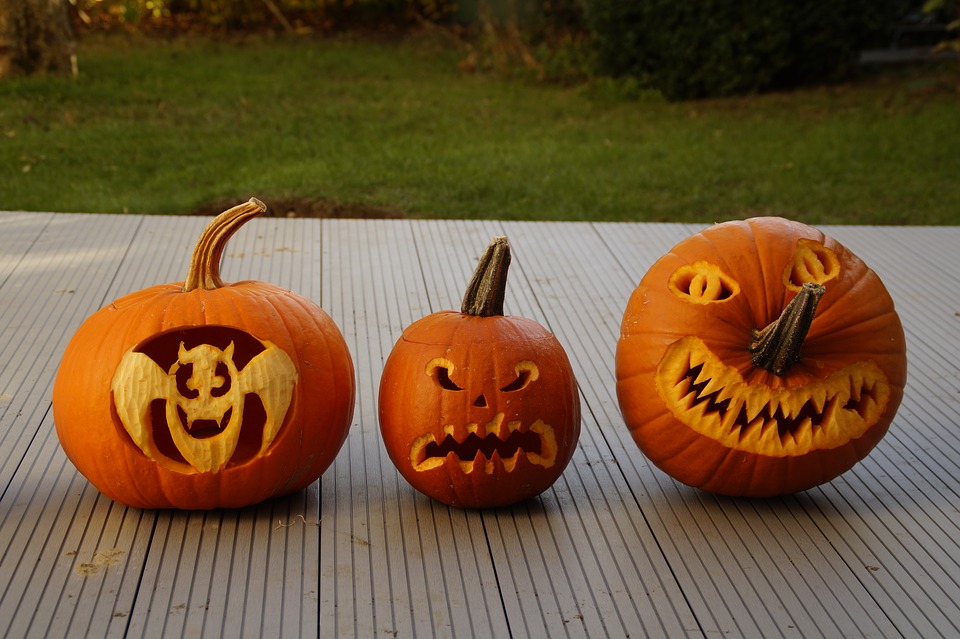


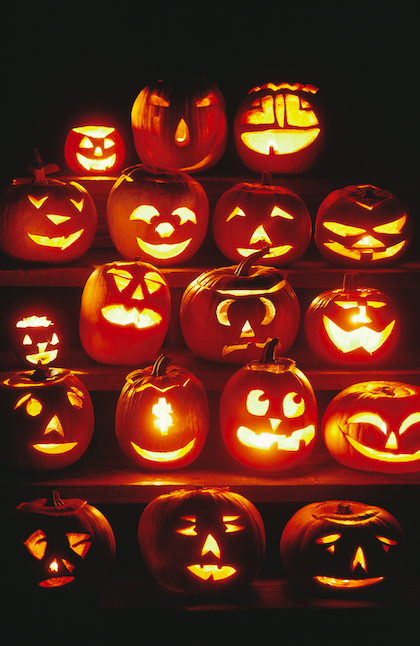
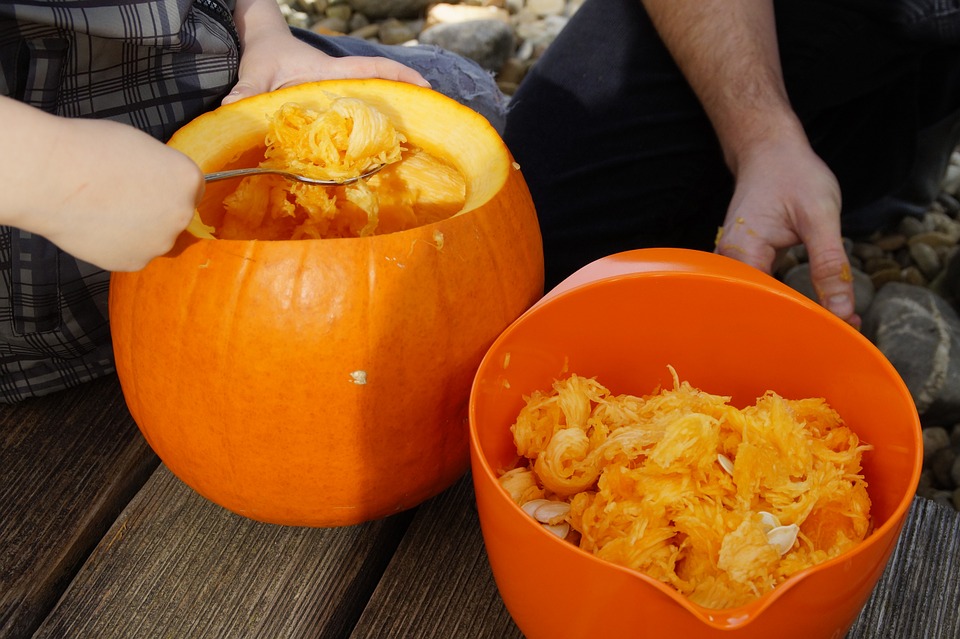 Jack-o’-lanterns and other carved pumpkin designs are frequently the centerpieces of Halloween festivities. The twinkling lights and orange glow of jack-o’-lanterns can add ambiance to any autumn event. The trouble with carving pumpkins is that most people want to do it right away, only to discover their pumpkins wilt and decay long before Halloween.
Jack-o’-lanterns and other carved pumpkin designs are frequently the centerpieces of Halloween festivities. The twinkling lights and orange glow of jack-o’-lanterns can add ambiance to any autumn event. The trouble with carving pumpkins is that most people want to do it right away, only to discover their pumpkins wilt and decay long before Halloween.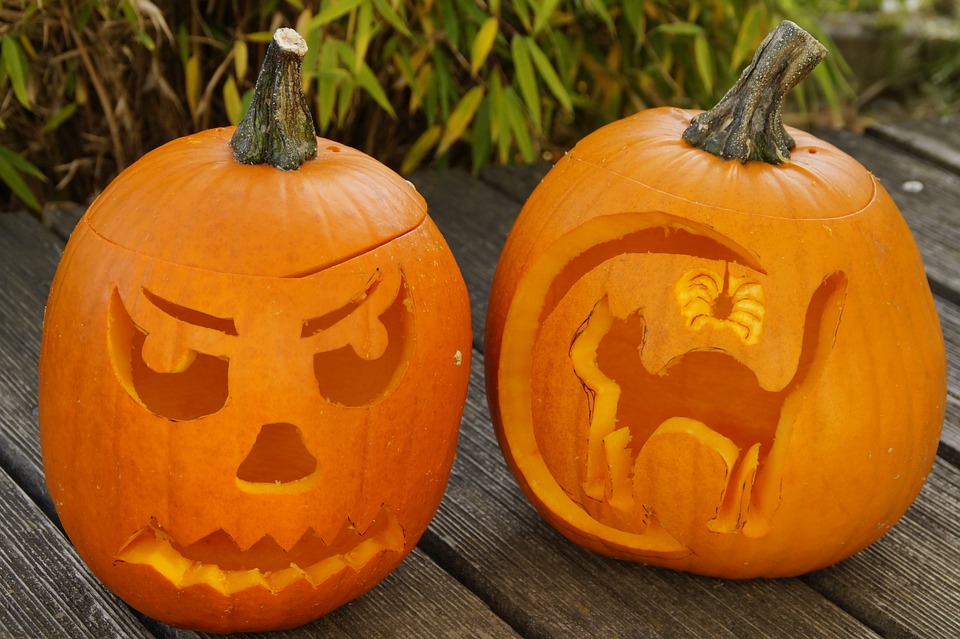 · Use an artificial light source. Reduce the heat inside of the pumpkin and encourage hydration by selecting a battery-powered light instead of a lit candle to illuminate the carving.
· Use an artificial light source. Reduce the heat inside of the pumpkin and encourage hydration by selecting a battery-powered light instead of a lit candle to illuminate the carving.

